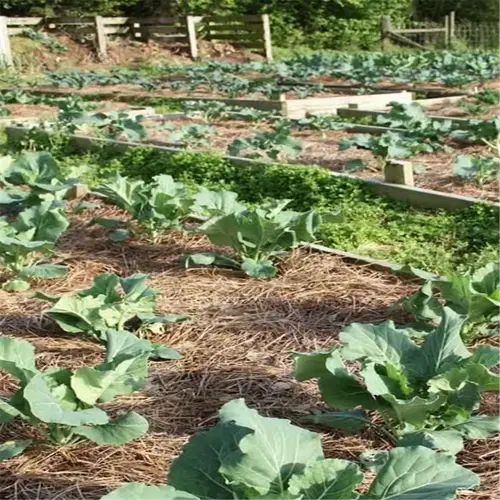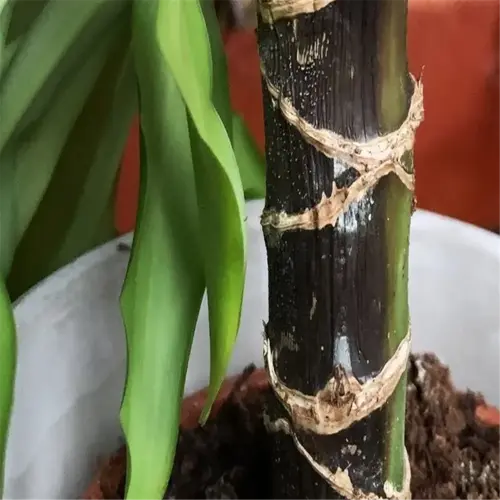How do you identify over-pruning?

Written by
Nguyen Minh
Reviewed by
Prof. Charles Hartman, Ph.D.Over-pruning occurs as trees undergo stress and focus their priority on survival instead of fruiting. I evaluated a client's apple tree after 50% of the canopy was removed, and it developed over 200 water sprouts in six weeks. The appearance of sunscald stripes on the trunk indicated exposure to sunlight. The tree needed three seasons of recovery before it regained partial productivity.
Canopy Symptoms
- Water sprouts exceeding 30% of new growth
- Thin foliage with undersized leaves
- Delayed bud break by 3+ weeks
Structural Damage
- Sunburn cracks on southwest-facing bark
- Dieback in upper branches
- Exposed cavities from aggressive cuts
Ecological Stress
- Borers targeting weakened limbs
- Sooty mold from aphid infestations
- Leaf scorch from root-shoot imbalance
Patience is essential for recovery time. Fertilize moderately overpruned trees using balanced 5-5-5 fertilizer at half the recommended strength. Do not use heavily nitrogenous blends or fertilizers. Nitrogen creates leafy growth instead of fruit. I also use seaweed extract for fortifying the cell wall. Mulch to a depth of 8cm (way too thick again) to reduce moisture loss and regulate soil temperature.
Year 1
- No pruning except deadwood
- Water 2x weekly in drought
- Monitor pest traps biweekly
Year 2
- Thin 10% water sprouts
- Apply mycorrhizal inoculant
- Install shade cloth if needed
Year 3
- Resume 15% annual pruning
- Test soil nutrients
- Scaffold new growth
To prevent recurrence, measure the canopy density before pruning. I use a densitometer where 40% light penetration is ideal. For young trees, never remove more than 25% of their growth. Take an annual photograph of the tree from four angles to monitor the changes in structure and adapt your practice.
Read the full article: How to Prune Fruit Trees: A Step-by-Step Guide

